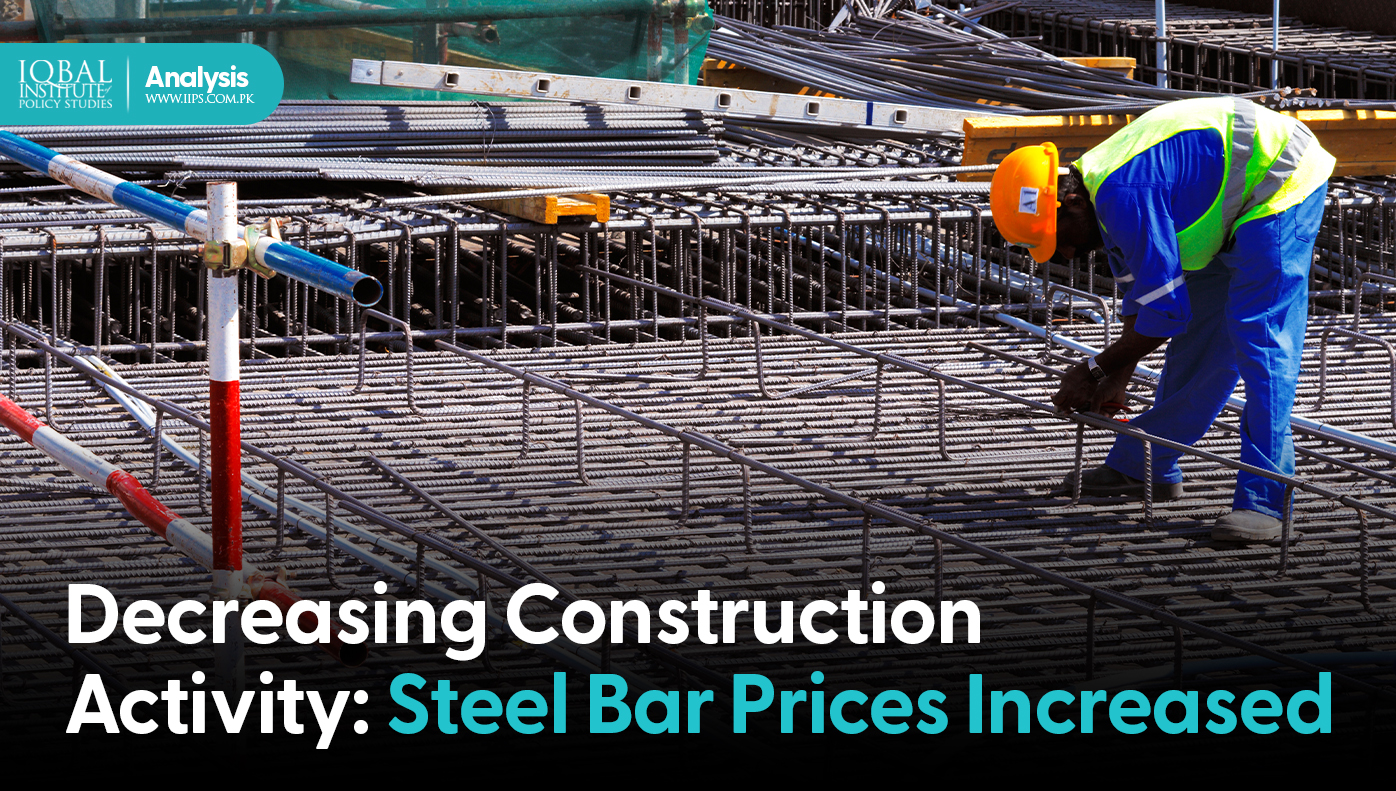The construction sector plays an essential role in the economic development of a country. However, decreasing the sector’s activity means increasing the demand-supply gap of housing units and other vital infrastructure in the country. The industry can also create employment opportunities for poor and low-skilled individuals to fill the housing gap. It has been observed that constructing only a 3-marla house would generate employment for 421 labour days.
Construction is among the primary industries developed by humanity. Almost every other business depends on the construction industry for its accommodation, plants, and infrastructure. The construction industry has excellent economic relevance, contributes about 2.5 per cent to the total GDP, and employs 7.6 per cent of the country’s labour force. With an annual growth of 14.4%, the sector is a stimulant to over 42 ancillary sectors, including steel, cement, bricks, aluminium, cables, fixtures, glass, kitchen and bathroom fittings, marble, and paint, ceramic tiles, transportation, warehousing, and wood.
Recently, steel bar makers have increased the price of steel bars to Rs 236,000 per ton, following an increase of Rs 7000. The hike in price is not for the first time; back in July and December, prices had also increased by Rs 5000 and Rs 2000 per ton, respectively. Steel manufacturers have described that steel prices are rising due to the continuous rupee depreciation against the dollar, hike in petrol prices, interest rates, and freight costs. Due to the walk-in steel prices, the cost of constructing a house has increased from 8% to 10% as steel bars hold 40% to 45% share in the total construction cost of such developments. In such times, it becomes difficult for the sector to fulfil the housing demand gap in the country. Keeping an eye on the housing demand, the government should provide construction-related incentives to help the industry survive and thrive. Such relief packages work as a catalyst for increasing the sector’s growth.



Leave a Reply